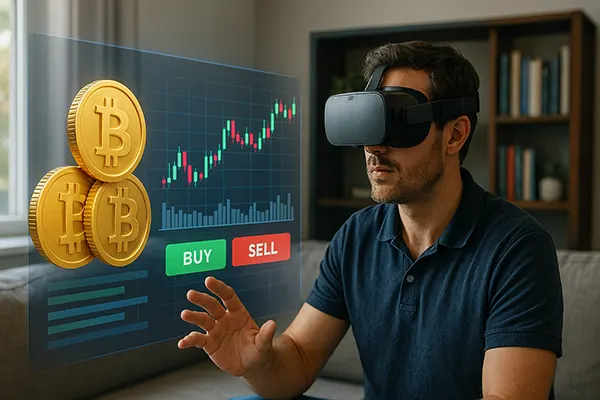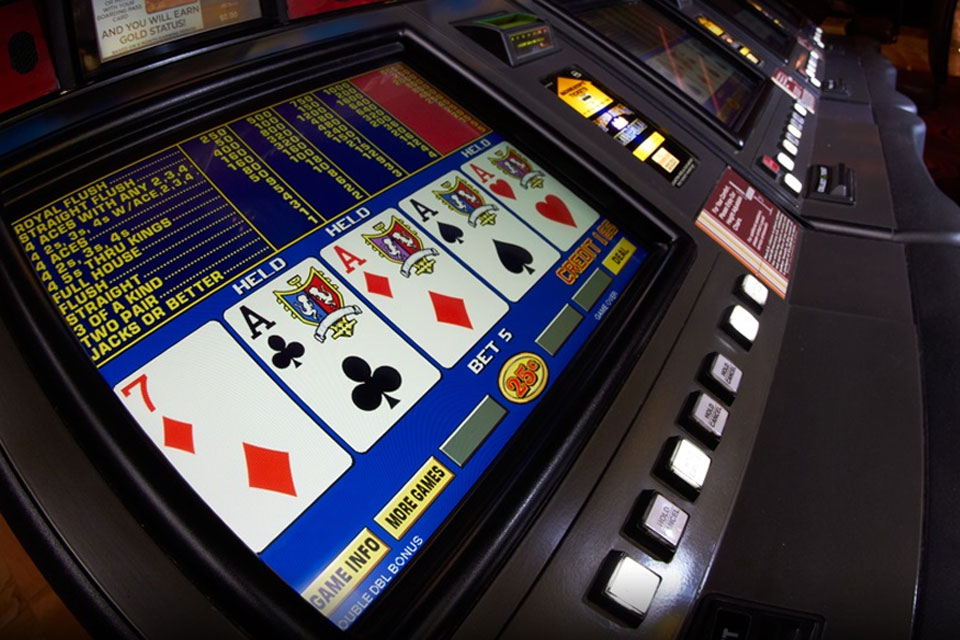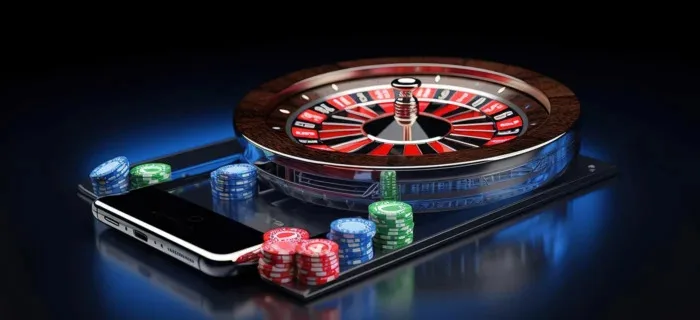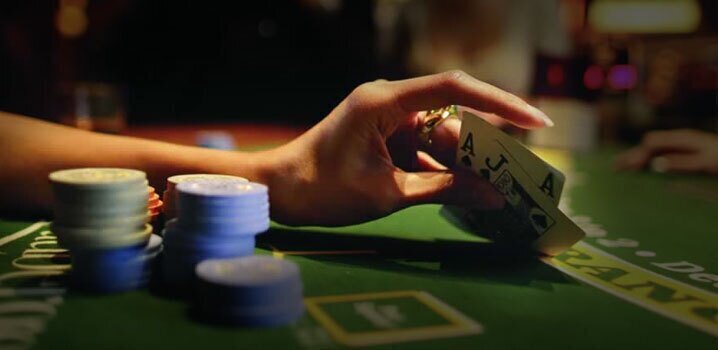
Gambling in the Metaverse: Testing Casinos in Decentraland and The Sandbox
In recent years, the concept of gambling has evolved significantly, moving far beyond traditional online platforms. With the emergence of the metaverse, platforms such as Decentraland and The Sandbox have introduced virtual environments where users can not only socialise and create but also participate in real-money gambling experiences. These decentralised worlds are redefining how players interact with casinos, combining blockchain, NFTs, and virtual reality into a novel ecosystem.
Decentraland: A Pioneer in Virtual Casino Experiences
Decentraland is a blockchain-based virtual world where users can buy land, attend events, and, crucially, visit and play in casinos. Operated primarily on the Ethereum blockchain, Decentraland’s gambling infrastructure is powered by smart contracts, ensuring transparency and fairness in all transactions. As of February 2025, one of the most notable casinos is ICE Poker, run by Decentral Games, offering both play-to-earn and traditional betting mechanics.
ICE Poker requires players to own or rent an NFT wearables item to access poker tables. These NFTs not only provide access but also function as staking tools, adding a layer of gamified investment. Players earn rewards in the ICE token, which can be converted or staked within the Decentraland economy. Unlike typical online casinos, the social interaction in ICE Poker mirrors real-life poker tables, with avatars chatting, bluffing, and building reputations.
Gameplay is accessible via web browser without additional software, although the experience is significantly enhanced with VR equipment. The environment mimics the atmosphere of real-world casinos, complete with music, digital drinks, and host avatars. Transactions in Decentraland casinos are settled in MANA (the native token), ICE, or ETH, with support from integrated MetaMask wallets. Overall, the platform demonstrates the potential of decentralised gambling ecosystems when paired with immersive virtual realities.
Security, Regulation, and Fair Play in Decentraland
Security in Decentraland casinos is ensured through the use of Ethereum smart contracts, which handle every wager and payout automatically. These contracts are publicly verifiable, allowing anyone to audit the fairness of the games. As of 2025, most established venues employ Chainlink VRF (Verifiable Random Function) for random number generation, guaranteeing provably fair outcomes in real-time.
However, regulation remains a grey area. Since Decentraland is decentralised and globally accessible, operators often fall outside traditional gambling jurisdictions. Some casinos voluntarily comply with third-party certifications or local regulatory frameworks, but many remain unregulated. This necessitates careful consideration from players regarding trust and risk management.
Despite this, Decentraland has implemented community standards, and platforms like Decentral Games undergo regular smart contract audits. Players are encouraged to review these audits and the project’s whitepaper before engaging in high-stakes gambling. Responsible gaming features such as loss limits, session timers, and voluntary exclusion options are gradually being introduced by reputable venues.
The Sandbox: Early Steps into the Gambling Space
The Sandbox, another prominent metaverse platform, focuses more on gamification, creativity, and community-building than traditional casino formats. Nonetheless, gambling is starting to emerge as part of user-generated experiences. In 2024, a few experimental casinos were launched within The Sandbox, leveraging the platform’s voxel-style graphics and LAND ownership system.
These casinos are typically built by independent developers and operate under the same blockchain principles as other Sandbox experiences. As of early 2025, gambling in The Sandbox remains largely in beta phases, with some casinos offering mini-games such as slot-style games, dice rolls, and card games powered by the SAND token or NFTs as stakes. Regulation and token utility are still being refined by the platform’s developers and community governance.
Unlike Decentraland’s direct approach to casino environments, The Sandbox relies on gamified interactions within themed environments. For example, some LAND owners create amusement parks or fantasy realms where gambling games are seamlessly integrated into the storyline. This approach makes gambling in The Sandbox feel more like entertainment than high-risk wagering, which may attract a broader audience over time.
Community Governance and the Role of NFTs
The Sandbox utilises a DAO (Decentralised Autonomous Organisation) to manage governance, including voting on projects, land development, and acceptable in-game activities. As gambling is a sensitive subject, future policies regarding virtual casinos are expected to be debated and decided by the community, ensuring a democratic process.
NFTs play a crucial role in The Sandbox gambling model. Developers often mint NFTs representing items, power-ups, or casino access passes, which are tradable on secondary markets like OpenSea. This NFT-based access control allows creators to monetise their experiences while giving players a sense of ownership and exclusivity.
Security and fairness, while still under development, are expected to be managed via integrations with external smart contract solutions. Some developers are already experimenting with Chainlink and similar services to ensure verifiability of random outcomes. Until a unified standard is established, users are advised to approach gambling spaces in The Sandbox with cautious optimism.

Comparing Platforms: What Gamblers Need to Know
Decentraland and The Sandbox take distinct approaches to integrating gambling, offering players unique experiences. Decentraland currently leads in maturity, offering established venues like ICE Poker with real monetary stakes, advanced NFT ecosystems, and integrated DeFi mechanisms. It provides a more traditional gambling structure wrapped in metaverse aesthetics and social interaction.
The Sandbox, on the other hand, is still in its early stages of implementing gambling features. Its focus on creator-driven content and interactive environments means gambling experiences are often part of broader mini-game packages. While less formal, this model opens doors for innovative formats that blend chance-based play with storytelling and user engagement.
From a user’s perspective, Decentraland suits those looking for structured gambling and return-on-investment models, while The Sandbox appeals to casual gamers who want to explore new, interactive forms of entertainment. As regulations develop and technology advances, both platforms may see significant evolution in how gambling is implemented and experienced.
Risks, Rewards, and the Future of Metaverse Gambling
Gambling in the metaverse offers an exciting new frontier but comes with specific risks. The volatility of tokens, lack of consistent regulation, and potential for scam projects pose real concerns. Players must verify contracts, research operators, and secure their wallets before engaging in any gambling activity within these environments.
At the same time, the potential rewards are significant. Metaverse gambling can offer play-to-earn dynamics, ownership of in-game assets, and the ability to participate in DAO-led developments. Early adopters may also benefit from limited-edition NFTs, staking rewards, and governance rights in the platforms they support.
Looking ahead, we can expect further integration of AI, VR, and decentralised finance tools to expand what gambling in virtual worlds can look like. Provided platforms remain committed to transparency, player safety, and innovation, gambling in the metaverse could evolve into a staple of next-generation entertainment and digital economy systems.



